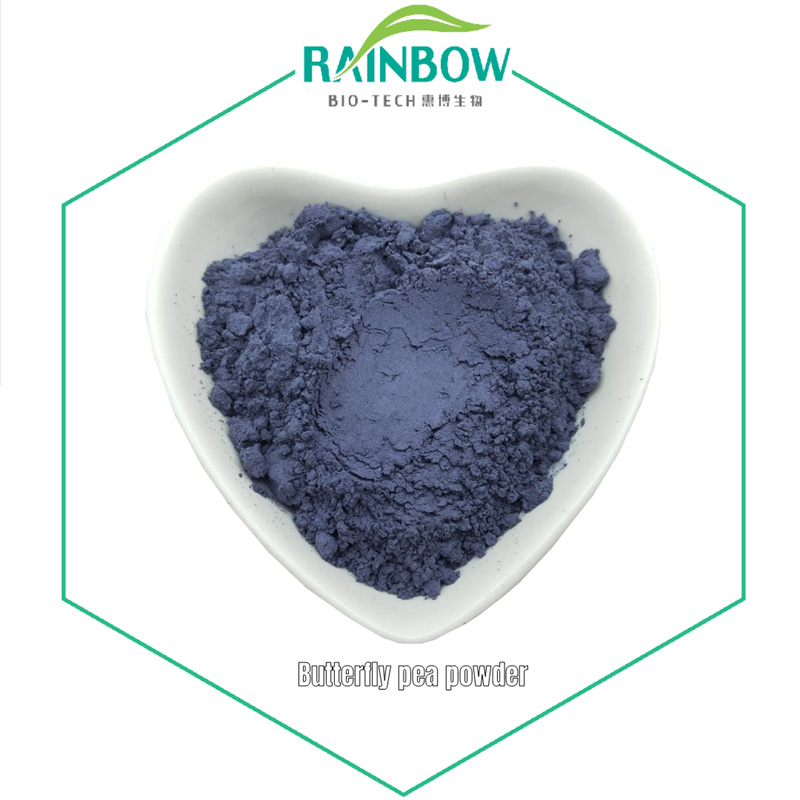
Products
Spirulin powder is for pets food and fish food
Spirulina powder is a nutrient-dense microalgae product renowned for its health benefits and diverse applications
1. Nutritions of spirullina
High Protein & Pigments: Spirulina powder contains 60–70% protein, making it one of the richest plant-based protein sources. Chinese-origin spirulina leads in protein content (70.54%), phycocyanin (3.66%), and palmitic acid (68.83%)
Vitamins & Minerals: Rich in B vitamins (B1, B2, B3, B12), β-carotene (40× more than carrots), iron, calcium, and gamma-linolenic acid (GLA). It also provides chlorophyll and antioxidants like SOD
Bioactive Compounds: Includes polysaccharides (radiation protection), phenols (6.81 mg GA/g), and flavonoids (129.75 mg R/g), which contribute to its antioxidant and anti-inflammatory effects
2. Health Benefits
Detoxification & Immunity: Binds heavy metals (e.g., mercury, lead) and reduces toxins like dioxins in breast milk. Enhances natural killer cell activity and antibody production
Chemotherapy Support: Significantly lowers DNA damage (micronucleus rate reduced by 59%) and oxidative stress in cyclophosphamide-treated mice. Doses of 150 mg/kg increased red blood cells (+220%) and catalase activity (+271%)
Metabolic Health: Lowers cholesterol, triglycerides, and blood pressure. Improves insulin sensitivity, aiding diabetes management
Radioprotection: Polysaccharides enhance DNA repair and reduce lipid peroxidation
3. Applications
Human Consumption: Added to smoothies, juices, or yogurt. Masks strong flavors (e.g., celery, ginger) while boosting nutritional value. Typical dosage: 1–10 g/day
Animal Feed: Used in poultry, ruminant, and pet food for sustainability. Enhances feed efficiency and immune function in livestock. For pets: 1/8 tsp per 5 kg body weight
Special Diets: Suitable for vegetarians, vegans, and pregnant women (as a nutrient supplement)
Spirulina for Fish Nutrition-Enhanced Growth & Survival in Aquaculture
Adding 9% spirulina to Nile tilapia feed significantly improved growth rates, reducing time to reach market size (450g) by 1.9 months compared to conventional diets. Fish showed a 38% increase in final weight and 28% better feed conversion efficiency (FCR 1.59 vs. 2.22).Survival rates increased from 63.45% (control) to 82.68% with 15% spirulina supplementation, attributed to its phycocyanin (9.2%) and carotenoid content (48× higher than control diets).Reduced Fat Accumulation & Healthier Fillets.Spirulina supplementation lowered fat deposition in fish by 18.6% (6.24 g/100g vs. 7.67 g/100g in controls), improving meat quality without altering beneficial fatty acid profiles (rich in oleic/palmitic acids).The Pearl growth model confirmed accelerated growth kinetics, predicting earlier achievement of optimal size (600g) due to improved nutrient utilization.
Spirulina for Pets (Dogs/Cats)
Nutritional Benefits & Immune Support:Spirulina provides 60–70% high-quality protein, essential amino acids, and antioxidants (phycocyanin, carotenoids) that enhance immune function and reduce oxidative stress .
Recommended dosage: 1/8 tsp per 5 kg body weight daily, mixed into food .
Detoxification & Skin/Coat Health
Binds heavy metals (e.g., mercury) and toxins, supporting liver health.
Omega-3 fatty acids (GLA) and vitamins improve coat shine and reduce skin allergies
Key Considerations for Use
| Aspect | Fish | Pets |
| Optimal Dose | 9% in feed (tilapia) | 1/8 tsp per 5 kg body weight |
| Key Benefits | Faster growth, lower fat | Immunity, detox, coat health |
| Risks | >25% reduces survival | Contaminants if low-quality |
Spirulina powder specification
| TEST | SPECIFICATION |
| Appearance | Fine dark green powder |
| Smell | Taste like seaweed |
| Sieve | 95% pass 80 mesh |
| Moisture | ≤7.0% |
| Ash content | ≤8.0% |
| Chlorophyll | 11-14mg/g |
| Carotenoid | ≥1.5mg/g |
| Crude phycocyanin | 12-19% |
| Protein | ≥60% |
| Bulk density | 0.4-0.7g/ml |
| Lead | ≤2.0 |
| Arsenic | ≤1.0 |
| Cadmium | ≤0.2 |
| Mercury | ≤0.3 |









